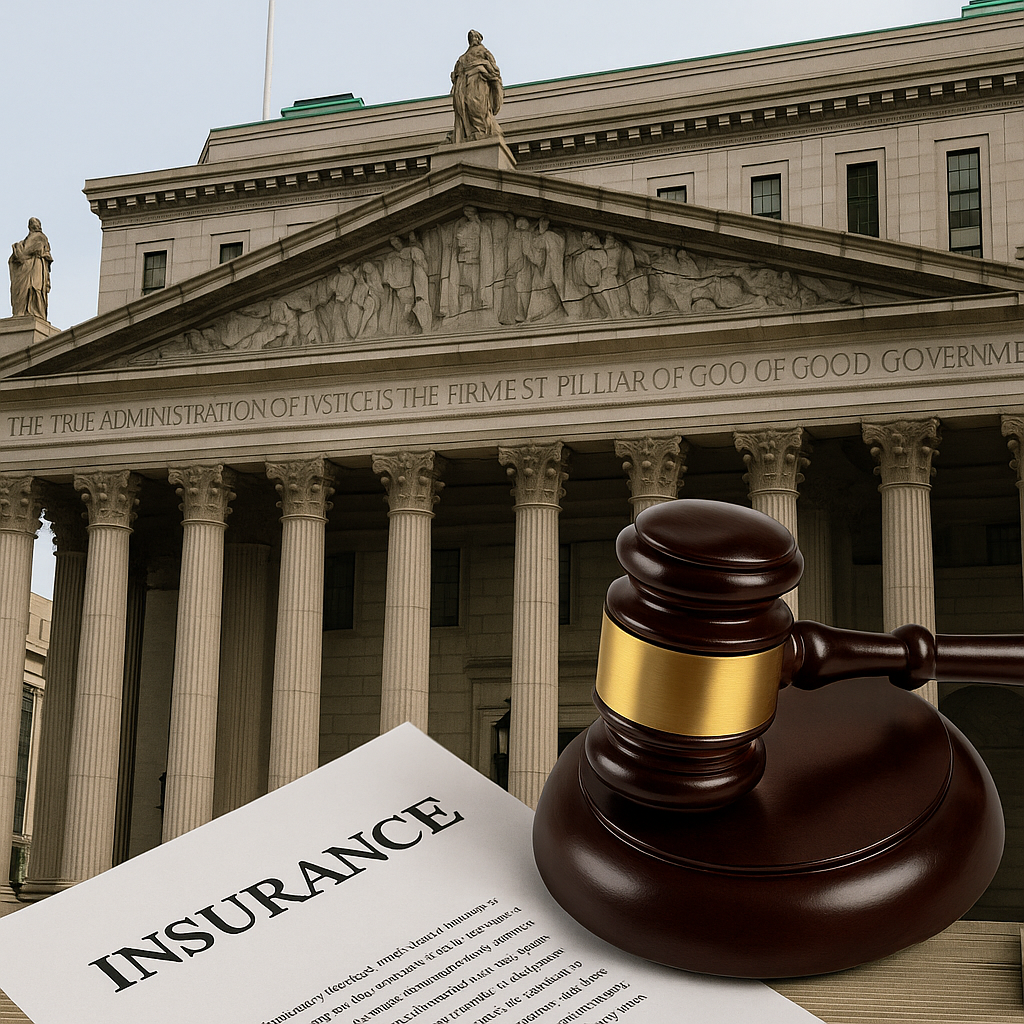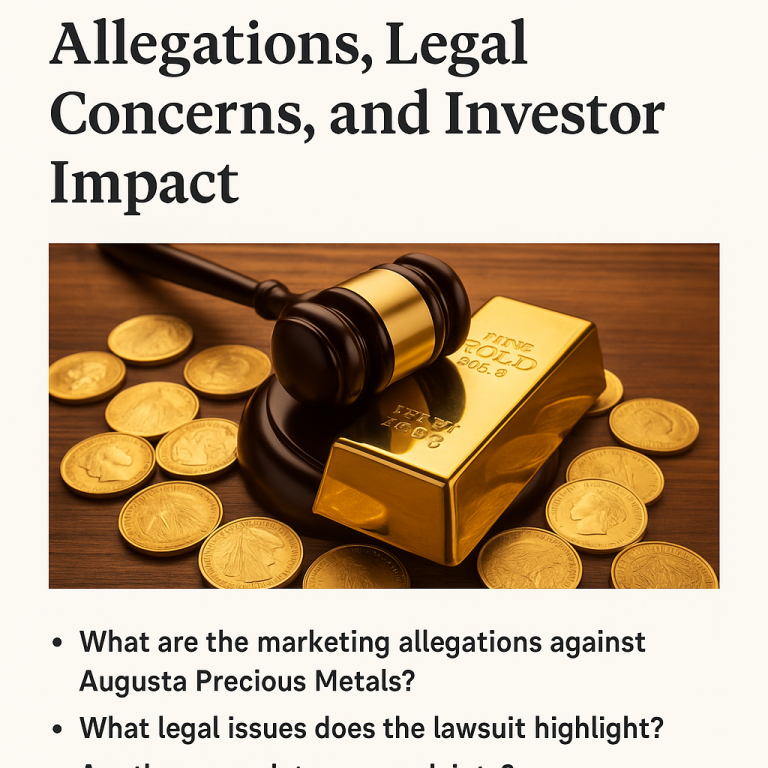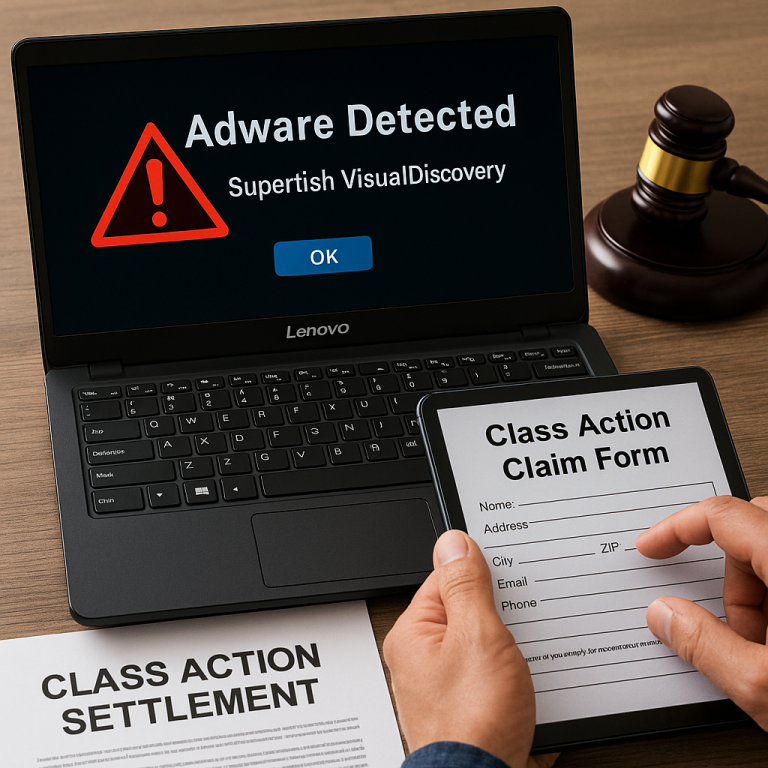Cotton Bay Corp lawsuit, NY frames a standard New York property insurance dispute. The phrase signals focus on water damage exclusion in New York issues and mold exclusion in New York questions. The dispute often turns on CPLR 3212 summary judgment timelines. The dispute also turns on Argo’s late notice New York precedent. The analysis then relies on Rocanova’s bad faith, New York, and NYU v Continental New York limits. The record is usually available in the NYSCEF case search, New York, and CourtHelp resources. The pathway favors primary authority and filed orders. nycourts.gov+4nysenate.gov+4Justia Law+4
It is important to know the verification step first. NYSCEF guest search enables party lookups and index-number checks. CourtHelp explains access to e-filed records and FOIL routes. CPLR 3212 sets clear motion windows after the note of issue. The pairing of docket access and statute rules supports clean motion practice and accurate updates.
How do courts approach water and mold exclusions in a New York property insurance dispute
The court ruled in favor of the insurer in the Cotton Bay Corp lawsuit NY. It granted summary judgment and dismissed all claims. The court found that the policy exclusions applied to the damages. Water and mold damage were not covered under the terms of the policy.
Core rule on exclusion text
Courts enforce clear exclusion text under New York law. Courts read policy language according to plain meaning and avoid forced ambiguity. Policy pages on water or mold provide the first control point. DFS OGC confirmed the permissibility of mold exclusions under state law in a formal opinion. That position anchors analysis in many disputes that reference mold exclusion New York questions. Department of Financial Services
Industry and public data points
Statistics support context. An industry review reported that about forty state insurance departments approved mold exclusions or limits after early 2000s litigation waves. Public reports continue to note coverage limits for mold and sublimit practices in many forms. These signals explain frequent denials after moisture events and extended remediation cycles. The data aligns with the DFS interpretive framework. trendinginsurancenews.com+1
Example and checklist
An apartment experiences a ceiling leak from a failed line. An adjuster documents spores and staining across drywall. A carrier points to a mold exclusion endorsement. Counsel responds with policy pages and causation evidence that ties loss to a covered pipe break. A court then measures exclusion scope. A tight record improves outcomes. A clear set supports briefing.
• Policy copy on file
• Endorsement pages saved as exhibits
• Lab results and invoices mapped to dates
• Photographs tied to units and rooms
• Timeline that links events to notice
How do notice and cooperation conditions decide outcomes in a New York property insurance dispute
The insurer fought the Cotton Bay Corp lawsuit NY aggressively. It hired Mound Cotton Wollan & Greengrass LLP, a firm known for insurance defense. The defense focused on the policy’s exclusions and the company’s compliance with New York law.
Condition precedent treatment
Courts treat timely notice and cooperation as conditions precedent under many policies. The Court of Appeals enforced late notice as an independent ground for disclaimer in Argo. The opinion described late notice as a breach of a condition that bars recovery. The rule carries substantial weight in commercial contexts and older forms. The rule often resolves a case before trial when dates are undisputed. Legal Information Institute+1
Evidence demands and record control
Courts rely on dated mailings, certified receipts, and claim logs. Courts credit carrier records that show requests for documents and missed deadlines. The courts also review service through the Secretary of State on business entities. Decisions note gaps that span months. These patterns appear across late notice lines of authority. A file without dated proof invites summary judgment for the carrier. CaseMine
Illustration and short list
A mixed-use building receives a complaint in May. A superintendent submits photographs in September. A carrier receives first notice in October. A disclaimer letter cites late notice and limited access for inspection. A motion follows. A court sees a clean timeline and grants relief.
• Prompt notice to every carrier at risk
• Claim log with dates and recipients
• Access dates and reports in one folder
• Responses to every document request
• Affidavits that explain any delay
What does CPLR 3212 summary judgment require in New York property litigation
Summary judgment allows courts to rule on cases without a trial. Courts use it when no genuine disputes exist about key facts. The Cotton Bay Corp lawsuit NY shows how powerful this tool can be in insurance cases.
Statutory rule and deadlines
CPLR 3212 sets the rule for summary judgment in New York Supreme Court practice. Any party may move after issue joins. A court may set a deadline that follows the note of issue by at least thirty days. If the part sets no deadline, a party must file no later than one hundred twenty days after the note of issue. These numbers drive calendaring in a New York property insurance dispute. nysenate.gov
Judicial application and guidance
NYCOURTS guidance describes triable fact standards in plain terms. A court can order a focused trial on damages issues. A court can also deny or grant parts of a motion based on the record. The guidance reflects what judges apply every week in insurance cases. A well-indexed exhibit set and clear affidavits help the court reach the legal question fast. ww2.nycourts.gov
Example motion map
An insurer targets the mold exclusion and the notice timeline. The motion cites policy pages and mail receipts. The moving affidavit walks through photographs, lab reports, and inspection notes. The reply compresses issues to policy text and dates. A property owner opposes with causation evidence and coverage clauses for sudden pipe breaks. The court decides whether any triable fact exists. The court grants or denies based on that record. nysenate.gov
How do Rocanova bad faith New York and NYU v Continental New York limit punitive exposure
The Cotton Bay Corp lawsuit NY raised several important legal issues. These help explain why the court ruled as it did. One key issue was how courts interpret insurance exclusions.
Controlling standards from the Court of Appeals
Rocanova set strict limits on punitive damages in first-party disputes. The court held that punitive relief requires conduct that targets the public. The court rejected punitive claims tied only to one contract breach. The rule directs trial courts to dismiss overreaching tort claims early. The Cornell archive preserves the opinion text and the reasoning. Legal Information Institute
Companion rule from the Court of Appeals
NYU v Continental confirmed pleading limits for punitive damages in insurance cases. The court required specific facts that show wrongdoing with public impact. The court also narrowed General Business Law theories that attempt to convert contract fights into consumer claims without proof. The opinion remains a constant citation in New York coverage practice. The Justia record provides the full decision. Justia Law
Application and example
A complaint alleges delay and poor service. A motion to dismiss cites Rocanova and NYU. A court compares allegations to the public-harm threshold. A decision rejects punitive claims that rest on denial alone. A streamlined case then returns to policy text and money damages. The approach curbs discovery costs and trial risk. The strategy aligns with recurring results in New York property insurance disputes. Legal Information Institute+1
How can a team verify a Cotton Bay Corp lawsuit NY claim and build a clean evidentiary record
The Cotton Bay Corp lawsuit NY provides useful guidance for property owners. There are steps they can take to avoid similar outcomes. Property owners should review their insurance policies carefully. Understanding coverage and exclusions is essential. Consulting an attorney can help clarify unclear terms.
Fast verification workflow
NYSCEF guest search supports quick confirmation of captions and index numbers. CourtHelp explains options for record access and FOIL requests. The workflow allows prompt downloads of orders where access exists. The workflow also supports timestamped archiving for internal files. A team that follows this path avoids rumor and improves accuracy across updates. iapps-train.courts.state.ny.us+1
Evidence control checklist
It is important to know the inputs that judges expect. A single timeline file reduces confusion. A policy binder with endorsements prevents exhibit gaps. A mail log that covers first notice and requests answers late notice arguments. A photo index shows unit locations and dates. A lab result sheet ties samples to rooms. Each item anchors a clear fact story at summary judgment.
• Policy binder with endorsements and riders
• Timeline with claim dates and contacts
• Mail and email log for notice and responses
• Photo index tied to units and rooms
• Lab results matched to samples and dates
Closing example and data point
A coverage dispute raises a mold exclusion and late notice. A file shows policy pages and complete mail logs. A motion under CPLR 3212 follows the statutory window tied to the note of issue. A court measures facts against the exclusion and the Argo rule. A result turns on text and dates. Public sources continue to report widespread use of mold exclusions after early 2000s verdicts, which explains frequent litigation on this issue. nysenate.gov+2Legal Information Institute+2
Frequently asked questions
What does the NYSCEF case search in New York provide
NYSCEF guest search offers party queries, index numbers, and access to filed documents where public access exists. iapps-train.courts.state.ny.us
What does CPLR 3212 summary judgment require
CPLR 3212 requires no triable issue of fact and timely filing within the court’s window or the one hundred twenty-day default after the note of issue. nysenate.gov
What do Argo’s late notice New York cases hold
Argo treats late notice as a breach of a condition precedent that can bar recovery under the policy terms at issue in commercial contexts. Justia Law
What do Rocanova and NYU v Continental decide
Rocanova and NYU restrict punitive damages and reject first-party bad-faith tort claims without public-directed misconduct beyond contract breach. Justia Law+1
What supports mold exclusion in New York enforcement
DFS OGC confirmed that mold exclusions may appear in New York policies and remain enforceable under stated conditions. Department of Financial Services
Disclosure
This article provides general legal information. This article does not provide legal advice.




